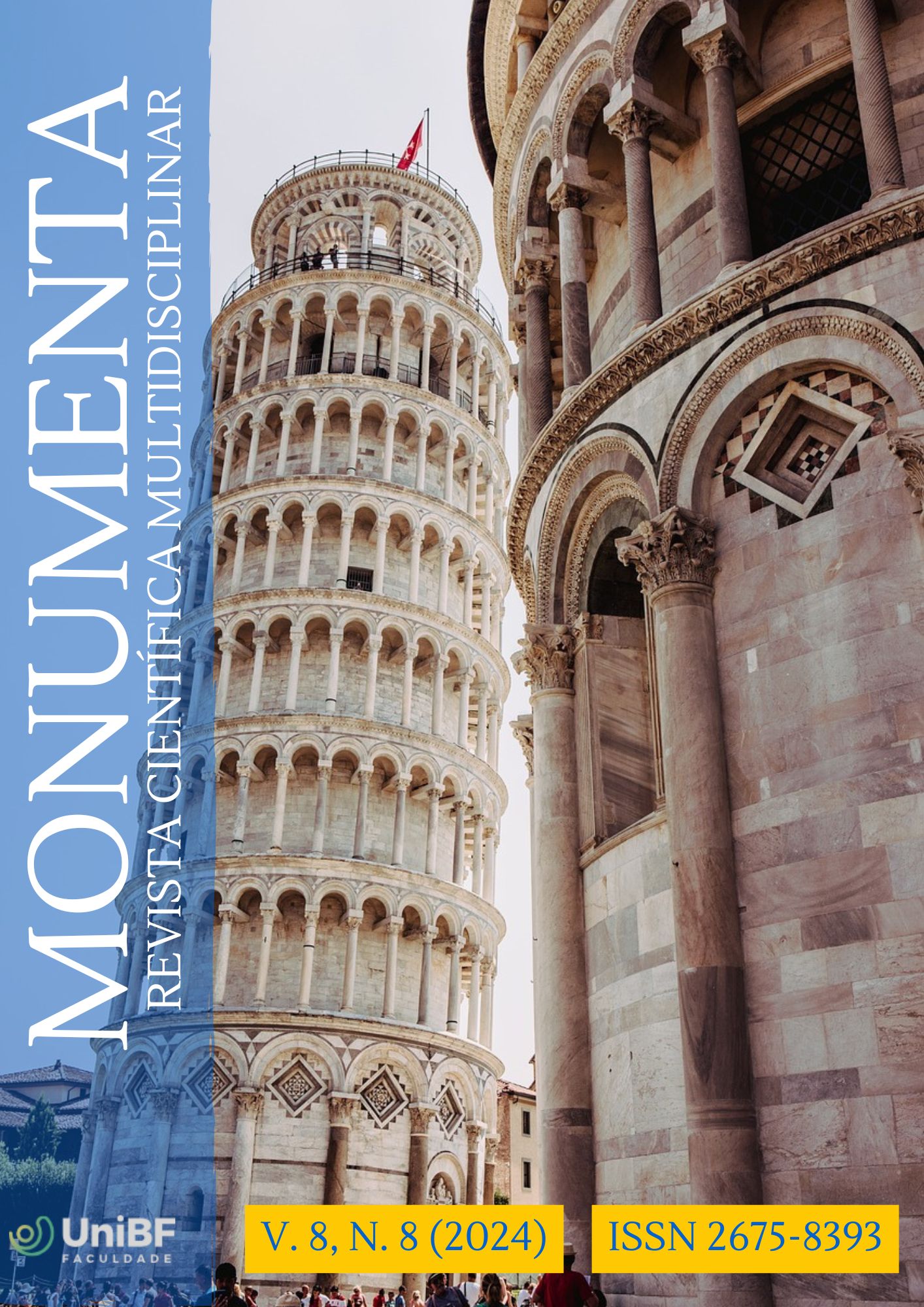Composition and abundance of zooplankton from two streams in the Northwest region of Paraná (Paranavaí/PR)
DOI:
https://doi.org/10.57077/monumenta.v8i8.228Keywords:
Ecology, Diversity, StreamsAbstract
This study aimed to investigate the composition, richness and abundance of zooplankton assemblages from two lotic environments in Paranavaí northwest of the State of Paraná. These ecological attributes are basic or initial elements for any subsequent investigation, whether environmental assessment, monitoring, management or conservation. Sampling was carried out at two points in each stream, with 200 liters of water being filtered per sample, through a plankton net (68 µm), per graduated bucket. Species composition and density were obtained by fully counting the samples, using Sedgewik-Rafter slides. 17,166 ind.m-3 of 53 species were recorded, 10,356 ind.m-3 of 35 species in R1 and 6,810 ind.m-3 of 32 species in R2. Rotifers had the highest species diversity (27) and thecamebas had the highest abundance (13,446 ind.m-3). The diversity indices of the Paranavaí and Piracema streams were, respectively: Margalef: 3.57 and 2.95, Simpson (D1-D): 0.79 and 0.80; (E1/D) = 0,14 and 0,18, Shannon: 3.14 and 2.96). The pattern of richness and abundance obtained, as well as the numerical and species superiority of thecamebas has been commonly reported for tropical freshwater lotic environments, supposedly as a result of the hydrodynamics of the environment, due to the physical instability and current flow of streams, as well as the abundance of marginal macrophytes.


